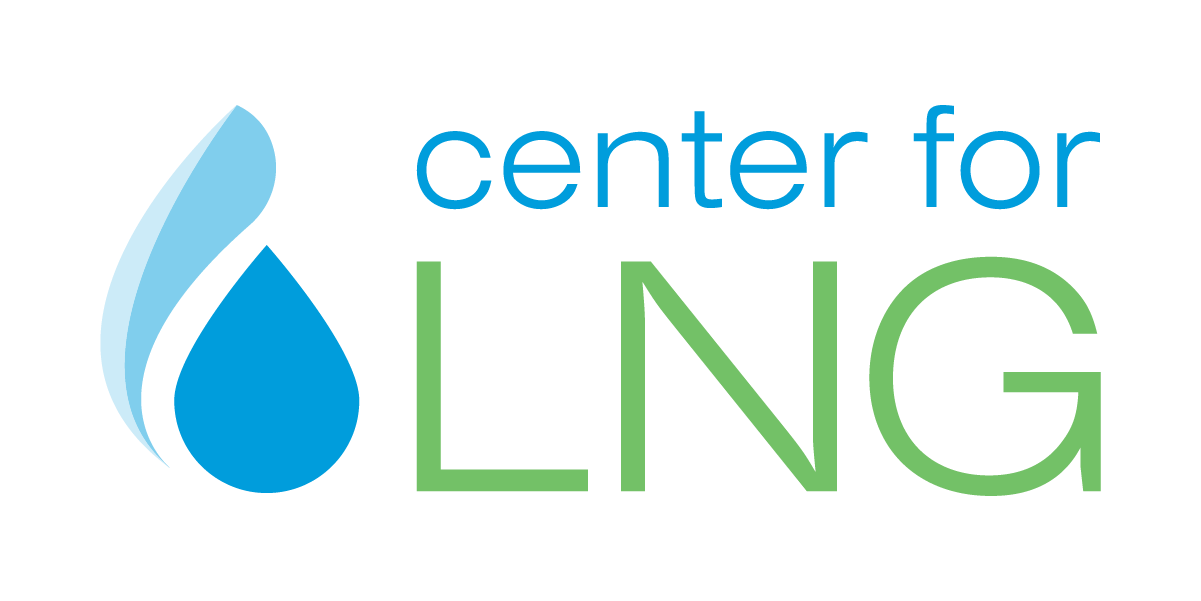Safety is the cornerstone of the LNG industry in the United States and guides the entire LNG process from construction of a facility, to the liquefaction process itself, as well as plant security, loading, unloading and transportation. The U.S. LNG industry is world-class in its safety measures and invests millions annually in state-of-the-art equipment and safety practices. The safety record for U.S. LNG is excellent.
LNG facilities fall under the regulatory oversight of several federal agencies, including the Department of Transportation’s Pipelines and Hazardous Materials Safety Administration, the U.S. Coast Guard, the U.S. Maritime Administration, the Federal Maritime Commission, the Department of Transportation and the Federal Energy Regulatory Commission — in addition to adhering to state and local regulations.
Below are the key safety initiatives and policy issues that CLNG is currently engaged in advancing.
CLNG is a proud member of TRANSCAER, a national voluntary task force that helps train up to 50,000 first responders annually and provides safety communication and awareness information to local communities.
- CLNG Joins TRANSCAER® to Help Promote LNG Safety Education and Awareness
- TRANSCAER “Seconds Count” educational video series for first responder community.
- U.S. Coast Guard Liquefied Gas Carrier National Center for Excellence
CLNG works with federal agencies to ensure that the regulatory framework for safety oversight is modernized to be in step with today’s high-tech, innovative industry. Current regulations pertaining to LNG in the U.S. have worked well, but were written in 1980 for smaller LNG “peak-shaving” facilities that go into action on winter’s coldest days to supplement the available supply of natural gas for homes and businesses, as opposed to today’s larger LNG export facilities.
CLNG is working with the Pipelines and Hazardous Materials Safety Administration (PHMSA) and other stakeholders to address modernization of its LNG regulations – 49 CFR Part 193.
Modernization of PHMSA’s LNG regulations would:
- Allow PHMSA and LNG facilities to identify and deploy the latest in safety best practices.
- Ideally, incorporate a risk-based approach that goes hand-in-hand with a focus on continuous improvement and enables the industry to focus on the technologies and areas that make the greatest impact.
- Allow regulators to adopt a uniform approach, while allowing operators to constantly improve safety as new technology becomes available.
LNG is simply natural gas that is chilled to -260 degrees Fahrenheit, at which point it becomes a liquid that occupies 1/600th of its volume as a gas. It is stored at ambient pressure, and when exposed to a source of heat, LNG vaporizes back into natural gas. If spilled on land or water, it vaporizes and leaves no residue behind. Natural gas is only flammable within a gas-to-air concentration of 5 to 15 percent, according to an analysis by the Federal Energy Regulatory Commission (FERC). This makes fires and similar incidents along the supply chain unlikely and exceedingly rare.
The DOE report also compared LNG safety to that of other fuels and concluded: “The physical and chemical properties of LNG render it safer than other commonly used hydrocarbons.”
Learn more about the physical properties below:
Federal Oversight of LNG Exports
U.S. LNG exports are under the oversight of numerous federal agencies and bodies including, but not limited to, the:
